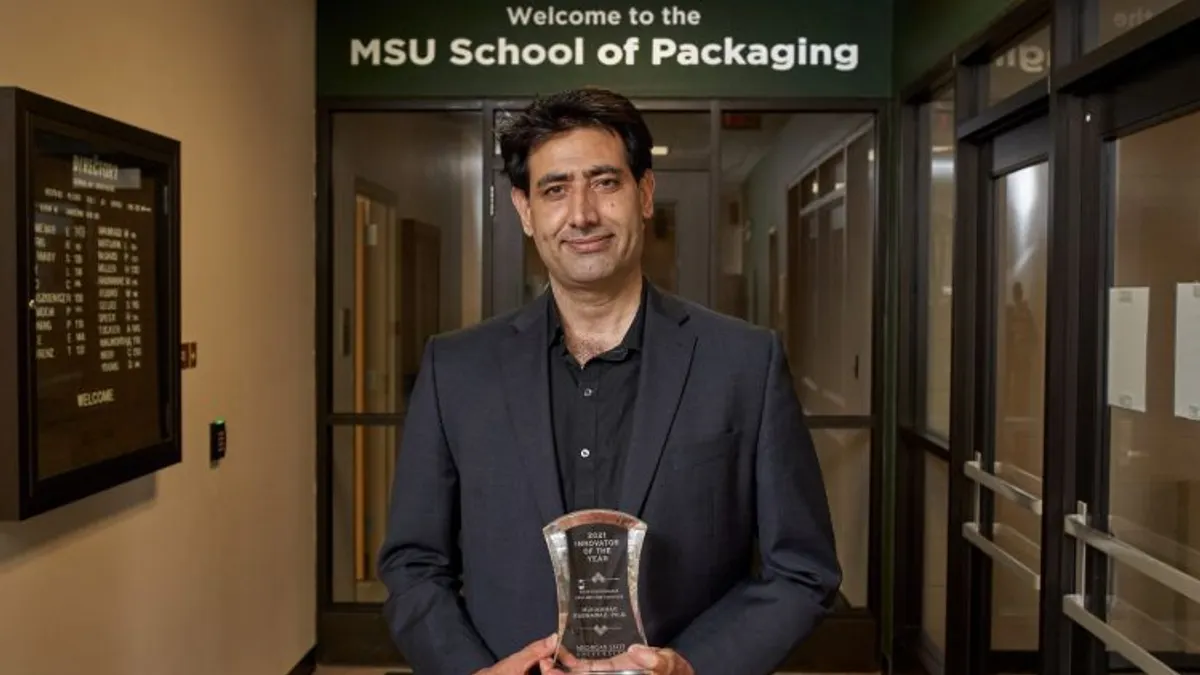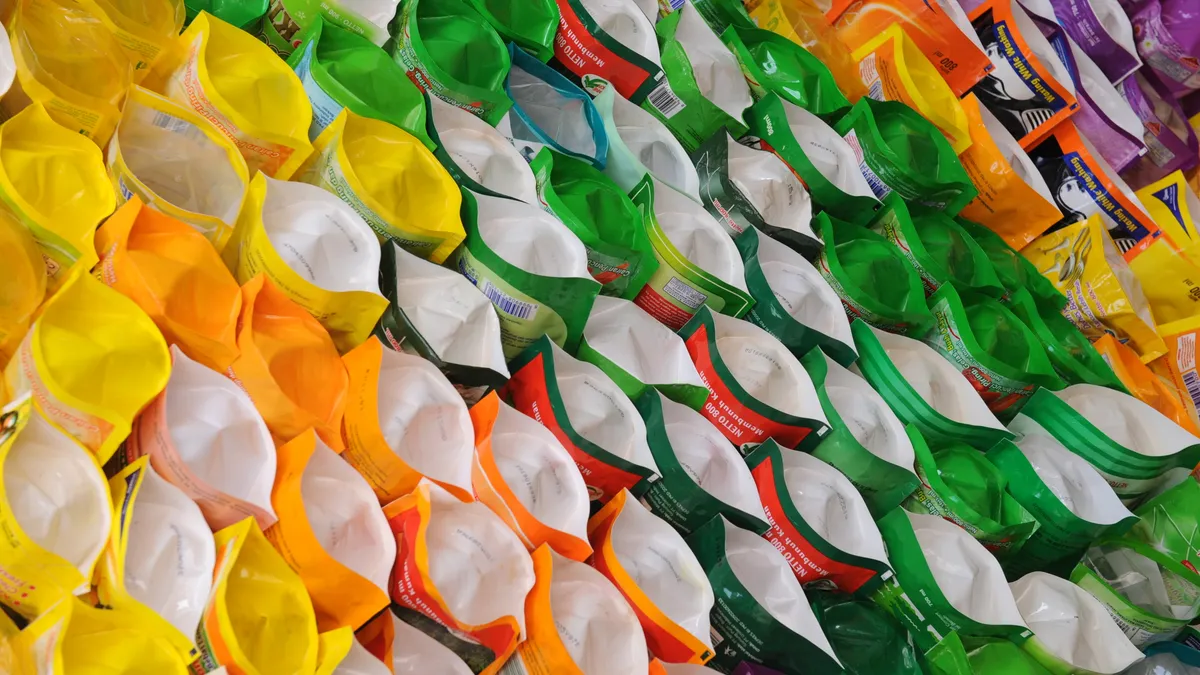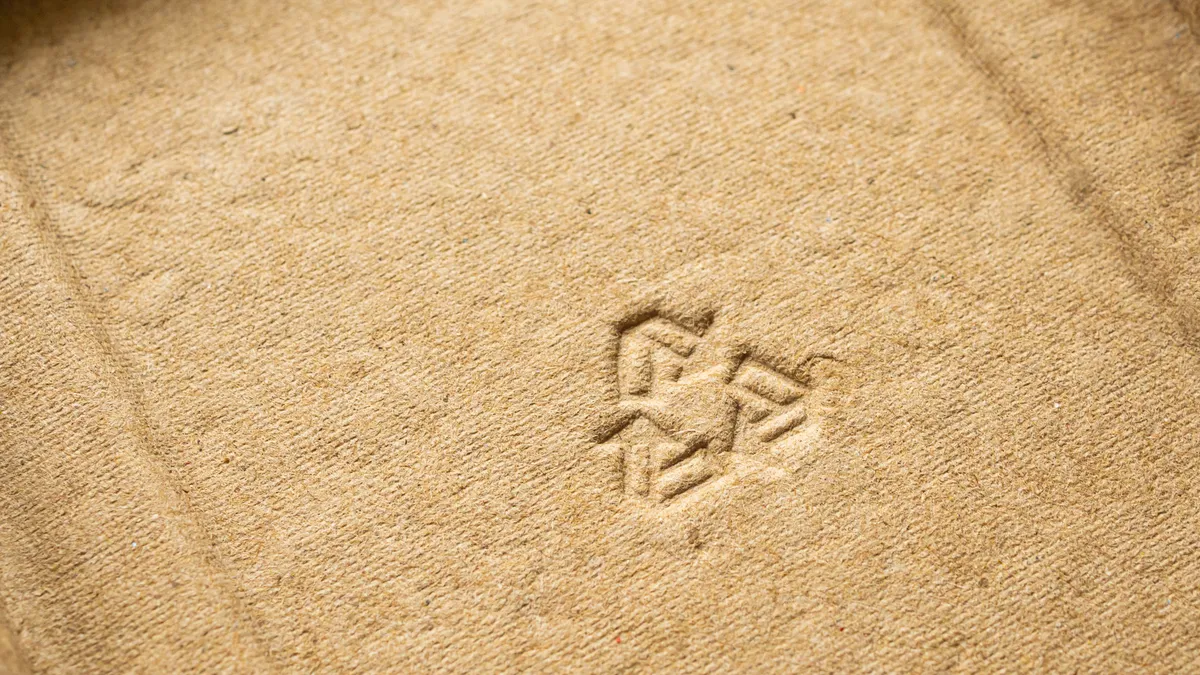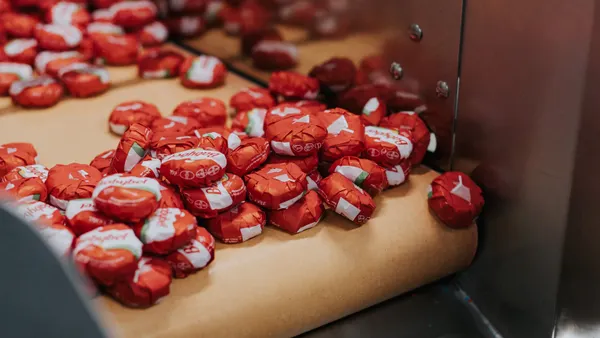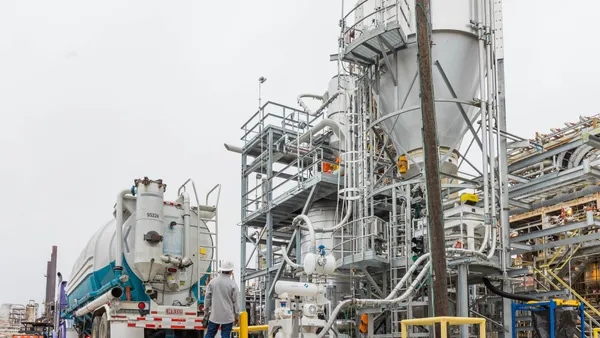Dive Brief:
- Researchers in Michigan are scaling up what they say is a first-of-its-kind packaging innovation center in the U.S. to leverage both federal and industry funding.
- Backed by an initial five years of some $300,000 in annual grant money from the National Science Foundation, lead site Michigan State University and partner site Western Michigan University have created the Center for Plastic, Paper and Hybrid Packaging End-of-Life Solutions, or C3PS, “to explore novel solutions to the challenges posed by plastic and plastic-coated paper waste.”
- The pre-competitive collaboration center is currently determining initial research plans with industry partners and recruiting more members from across the value chain. Organizers believe this will “strengthen U.S. manufacturers on the global stage.”
Dive Insight:
The Michigan center is looking to engage companies to buy into research whose impact transcends any one business. This packaging-focused industry-university cooperative research center aims to address the shared needs of companies of various sizes, including developing more plastics, paper, and paper-plastic hybrids that are recyclable or compostable. Other priorities include strengthening the U.S.’s role in advancing packaging technology and developing a “highly skilled” manufacturing workforce.
The pitch to industry: Members will gain shared access to research potentially worth over $1.2 million by contributing much smaller sums. They’ll also have access to royalty-free intellectual property generated from the center’s research, said Muhammad Rabnawaz, who is director of C3PS. The center wants to create “technology enablers” as opposed to crafting any ready-to-market solution for a particular company, said MSU’s Rabnawaz, an associate professor and a College of Agriculture and Natural Resources faculty laureate in the School of Packaging.
One aim would be to develop new coating materials for paper that would enable the material to have thermal and moisture-resistance performance attributes of plastic, for instance, while potentially being recyclable or compostable, and without issues with microplastics or nanoplastics.
The center will also engage with recyclers and standard protocol developers like ASTM, Rabnawaz noted. And it intends for polymer chemists to be able to leverage artificial intelligence to speed the design of new materials for packaging applications.
The center’s annual industry membership fee is $50,000 for full members and $25,000 for associate members. There’s no cap on the number of companies that can join, which could include material suppliers, converters or other entities spanning different substrates. So far there are at least 10 committed members and the goal is to increase it to about 24 in the next two to three years.
Committed companies have had the chance to note their research priorities to the center, which informs faculty research proposals. Members then get to vote on which research the center moves forward with — full members have double the voting power compared with associate members. The center will assess how many research projects can happen based on the money available.
After beginning work this spring, the center expects to launch a first tranche of proposals this summer. And after five years, center organizers could apply for a second phase of funding through NSF. That would be $200,000 per year for five years, with the potential to engage additional sites that could have $100,000 in support from NSF.


